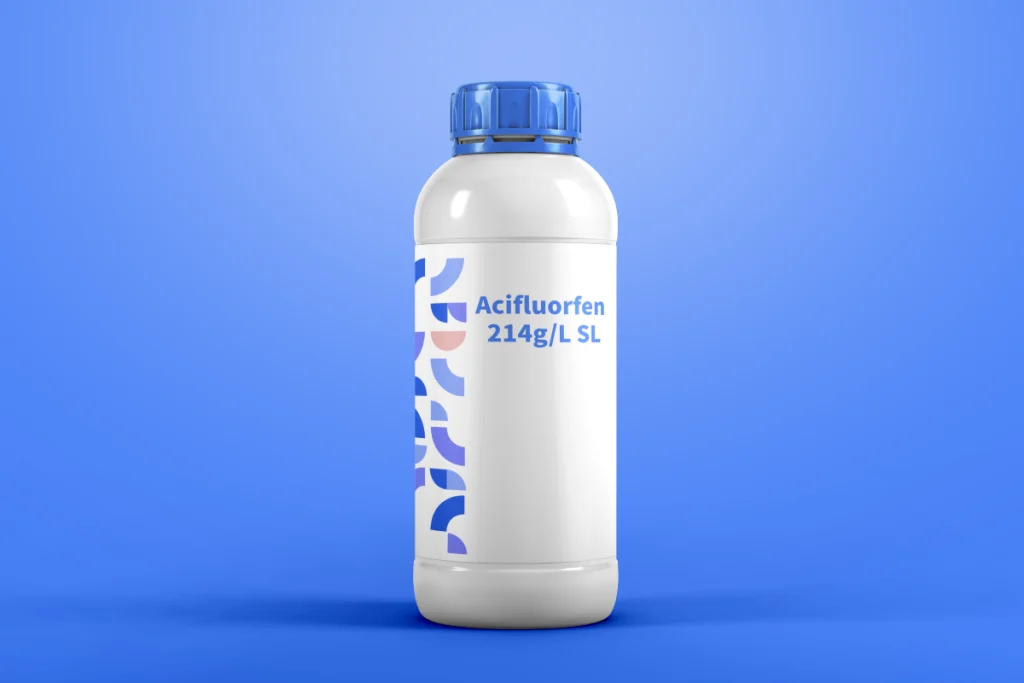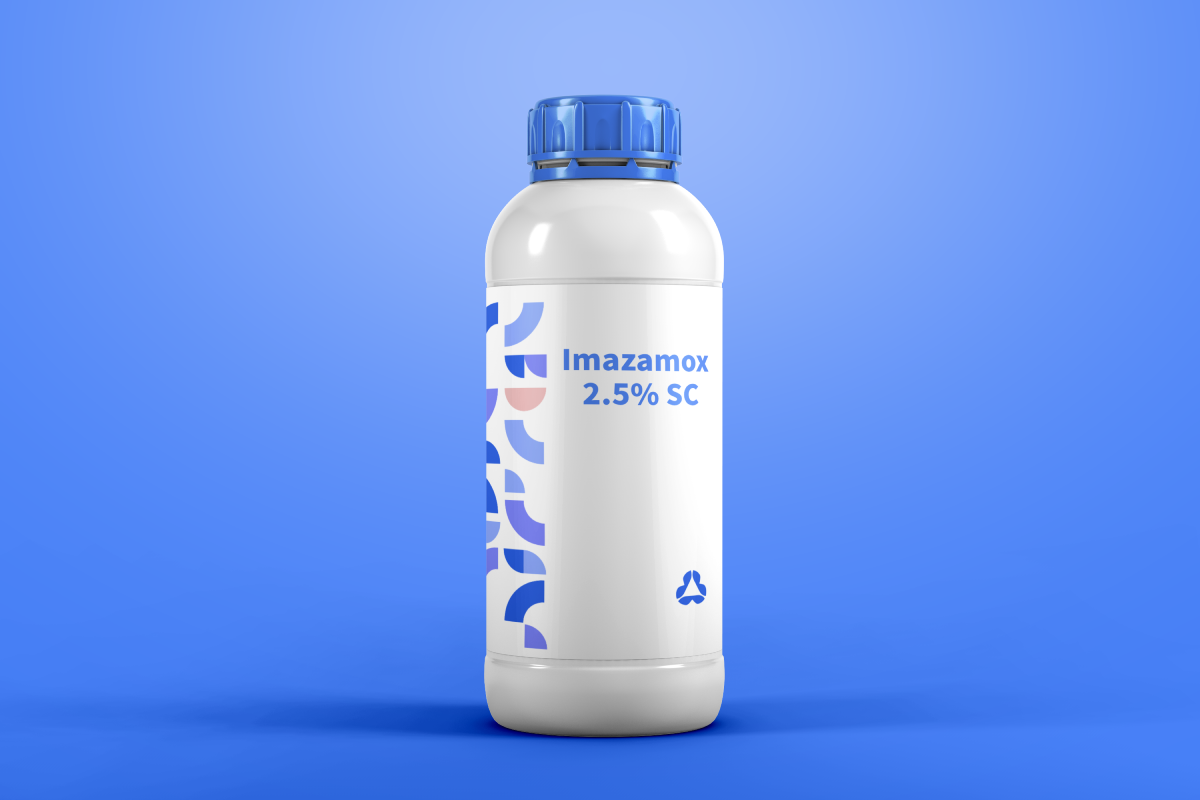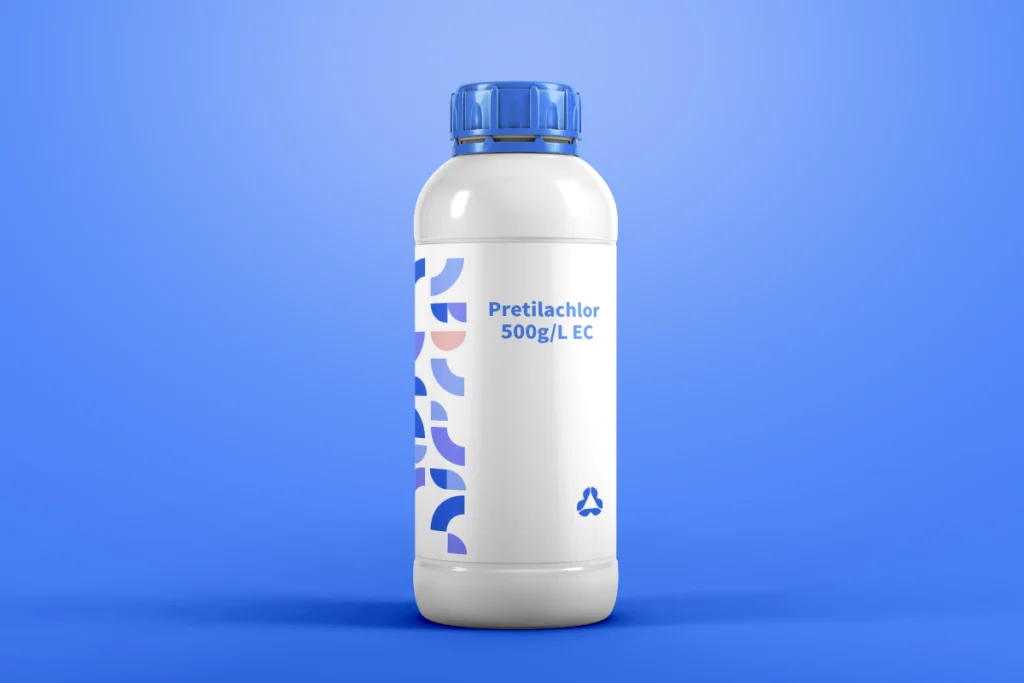Imazamox 2.5% SC (Suspension Concentrate) is a highly effective selective herbicide belonging to the imidazolinone family. With imazamox as the active ingredient, it targets a wide spectrum of annual and perennial grasses and broadleaf weeds. Acting as an acetolactate synthase (ALS) inhibitor, it disrupts the biosynthesis of branched – chain amino acids in weeds, leading to their growth inhibition and eventual death. The SC formulation ensures stable suspension and easy mixing, allowing for precise and uniform application in various agricultural and non – agricultural settings.

Acifluorfen 214g/L SL Herbicide | Selective Post-Emergence Weed Control
Acifluorfen 214g/L SL (Soluble Liquid) is a selective post-emergence herbicide from the diphenylether family, designed to control broadleaf weeds in soybeans, cotton, and other leguminous



